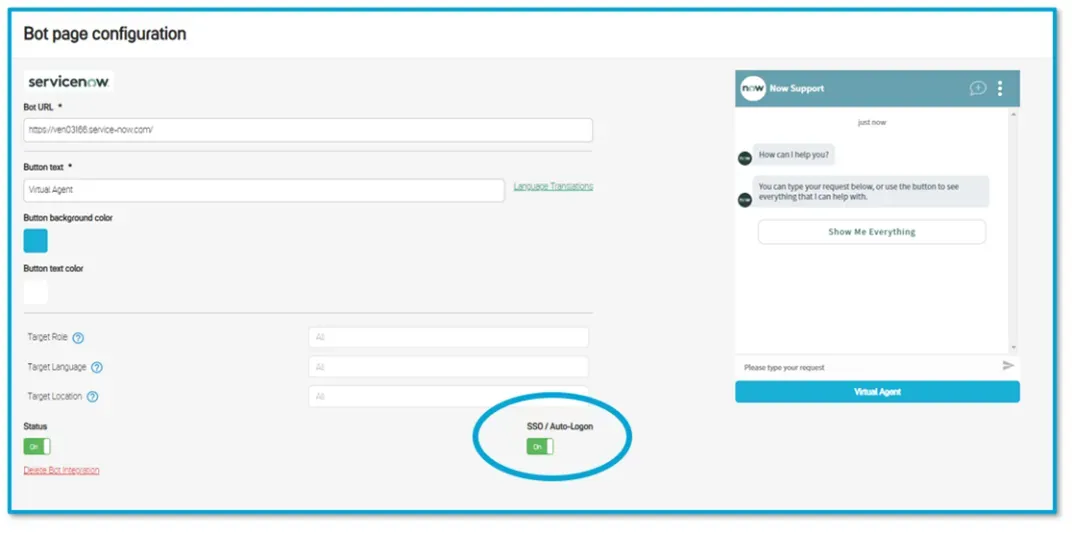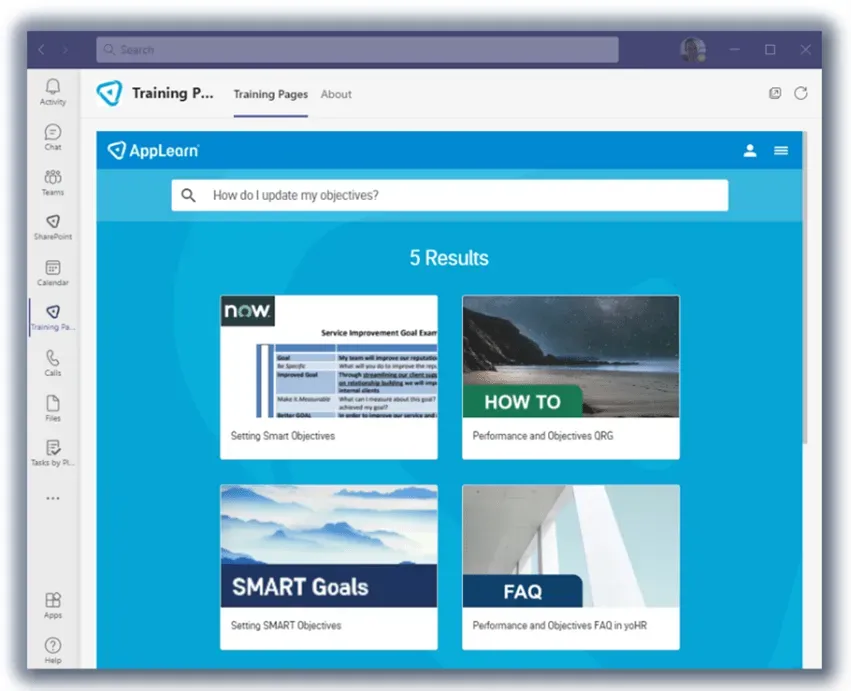News
AppLearn Adopt 2021 Spring Release
AppLearn Adopt 2021 Spring Release
We are excited to share with all the latest Adopt product updates available in our Spring 2021 release. As you can see from the list below, we have had a busy start to the year.
With a focus on our analytics capabilities, in addition to strengthening our great in-application guidance features, we are certain this release will help new and existing customers to get more value from Adopt and their connected applications.
Unified Analytics Dashboard
Our analytics help customers to measure and drive software improvements, with our Core and Advanced modules providing various levels of insight. Available from May, we have elevated both areas of the product to a new unified workspace, putting all your analytics insights in one place.
Customers can quickly access the dashboards via our new unified panel on the Adopt Admin Portal home page. The release also has a new range of multi-system views providing customers with increased visibility over their content usage and effectiveness.

We believe this makes Analytics much simpler to use, with all key data available in one single pane of glass, making it easier and faster for owners of Adopt to quickly assess what the user behavior and interaction data is suggesting, then act accordingly.
New discovery capabilities (alpha release)
Not all adoption issues or inefficiencies can be seen in plain sight. Many are hidden, and until now it has been difficult to find them. Our new discovery capability helps you to learn and identify user behavior for AI-driven optimization with Adopt before, during or after deployment.
Discovery is an exciting new chapter for the product that I am sure is going to delight our customers, helping them find the actionable insights they need to drive value and great experiences across their business applications.
We have an exciting roadmap for this discovery function, so please contact the product team learn more about access to this alpha release.
Data Validation Analytics
Building on the success of our Data Validation feature in our Winter release, we have now updated our Analytics Dashboards to help customers understand trends behind user interaction with validation fields.
The Spring update accelerates the identification of where users are struggling through bad data input, as well as measuring the time saved by implementing proactive guidance.
Smart Page recurrence
We continue to make our in-app support more intuitive and flexible to cater for user needs. Following this release, Adopt customers now have greater granular control over when Smart Page guidance appears to their users.
As well as being able to target segments of users, we can now also configure the recurrence of the guidance based on each button option. This makes it simple to use Smart Pages as a reminder for something that needs to happen regularly or urgently but may be forgotten otherwise.

ServiceNow SSO/Auto-logon enhancement
Ensuring users can easily access help and stay in the flow of work is vital to organizations. To support this, we have now optimized our ServiceNow Virtual Agent integration to deliver an even more seamless experience. Adopt-enabled users are now automatically authenticated when they begin their interaction with the Virtual Agent via our Split Screen module—letting them get to the help they need faster than ever.

Expanded self-select options for user context
For situations where an organization wants to target guidance at user segments but is not able to use an API integration, we now offer self-select support across all our in-application features.
By enabling self-select, users can choose from the configurable options to ensure that they see the guidance that is relevant to them in the flow of work—whether that is in the form of Trails, Tooltips, Smart Pages or Split Screen.
Multi-Region Support We are delighted to now offer enhanced multi-region support. This means customers can choose where Adopt will process and store company data, ensuring total compliance with security mandates. This release expands our support to the EU in addition to US.
Integrations for Microsoft Teams and PWA Applications
Finally, we are delighted to announce a couple of new integration possibilities that extend the reach of our in-application guidance to your end users.
Training Pages for Teams – Adopt customers are now able to share a central hub for all their training materials outside of the web browser, simply by leveraging an existing Office 365 investment. This enables organizations to extend the reach of Adopt content by allowing users to search and access guidance content directly from within the Desktop or Mobile version of Teams.
Progressive Web App (PWA) support for Adopt – Desktop PWA applications are gathering momentum with our customers and we are excited to announce support for them. As more and more vendors continue to transform their applications to this flexible model, customers can deliver Tooltips, Smart Pages, Trails and Split-Screen guidance to these applications to enhance the employee experience.


For more information on any of these updates, do not hesitate to contact your customer success representative or request a demo of Adopt today.
Article by
Daniel Gripton
Share this article





